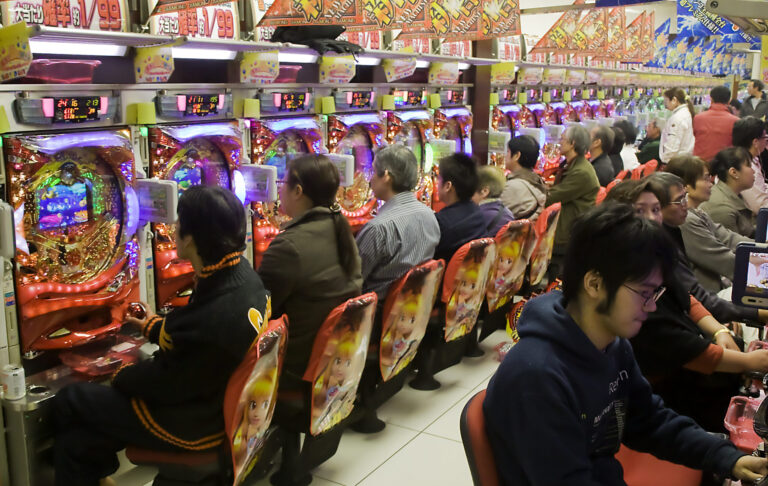In Japan, where politeness in language is so important, suffixes are quite essential. What are suffixes? They’re words that come after other words—in this case, these suffixes are titles of address. A rough English equivalent could be the prefixes “Mr.,” “Mrs.,” “Ms.,” etc., but you’ll see that it’s not so straightforward as that.
Below are some of the Japanese language’s most common suffixes. As you may know from studying the language, differences in level of politeness are more common than gender differences.
San
San is by far the most common Japanese suffix. It’s a polite suffix that’s not overly polite and works in nearly any situation. When you’re not sure which suffix is appropriate, fall back on san.
*Nakamura (family name) Kenji (given name) = Nakamura-san, Kenji-san, or Nakamura Kenji-san.*
San can be used with both family names and given names, but you’ll be exhibiting an extra level of politeness by using it with family names and only addressing someone by his or her given name when given permission. When used with a family name, it can be translated as “Mr.,” “Mrs.,” “Miss,” or “Ms.,” depending on the person’s gender and marriage status. (There is no differentiation.) However, unlike in the U.S., co-workers, business associates and the like are more likely to address each other by each other’s family names, even after knowing each other for years, so even if in the English translation, using “Mr.,” “Mrs.,” “Miss,” or “Ms.” would sound weird, it’s correct in Japanese.
When used with a given name, there’s no English translation. However, you should use san with people who have given you permission to address them by their given names but with whom you’re not extremely close, especially if the person is older than you. For example, if you live with a host family, they may give you permission to use their given names, but it would be polite for you to add the suffix san to the names of all of the family members who are about your age or older.
Chan
Another common suffix is chan. You should not use chan to address anyone unless you know the proper context because chan does not demonstrate any level of politeness or respect. Instead, it’s closer to a term of endearment.
*Nakamura (family name) Kenji (given name) = Kenji-chan*
Chan is used only with given names and has no direct English translation. Very close friends, particularly girlfriends who are teenage or younger, may choose to address each other with this suffix added to their names. It is also sometimes used in a romantic, cutsey way between couples (for both males and females, but especially females). Most commonly, it’s used by anyone speaking to a young child, particularly young girls. (But it may also be used with very young boys.)
If you speak to a young child in Japan, you may use chan. Otherwise, wait until you’re invited to address a close friend with this term (you can usually tell if they address you with the term). If you’re older than high school age, you probably won’t use chan for anyone but young children.
Kun
Somewhat similar to chan, but less cutely endearing, is kun, which has no direct English translation.
*Nakamura (family name) Kenji (given name) = Nakamura-kun, Kenji-kun*
Kun is most often, but not always, used with given names by people to address younger boys (elementary to middle school age especially). It may also be used with family names for boys and even girls by those in a hierarchical relationship with the youths, such as teachers or mentors addressing their students. (Teachers don’t address their students by given names.) It may also be used with family names by students, particularly girls, to address the fellow male students in their class with whom they’re not especially close.
Come back Monday to learn a few more Japanese suffixes!
How would you address the people whom you encounter in your daily life if you were speaking Japanese? Decide which suffix is most appropriate.
No related posts.
Tags: japan, japanese business, japanese culture, japanese language, japanese students, student life



